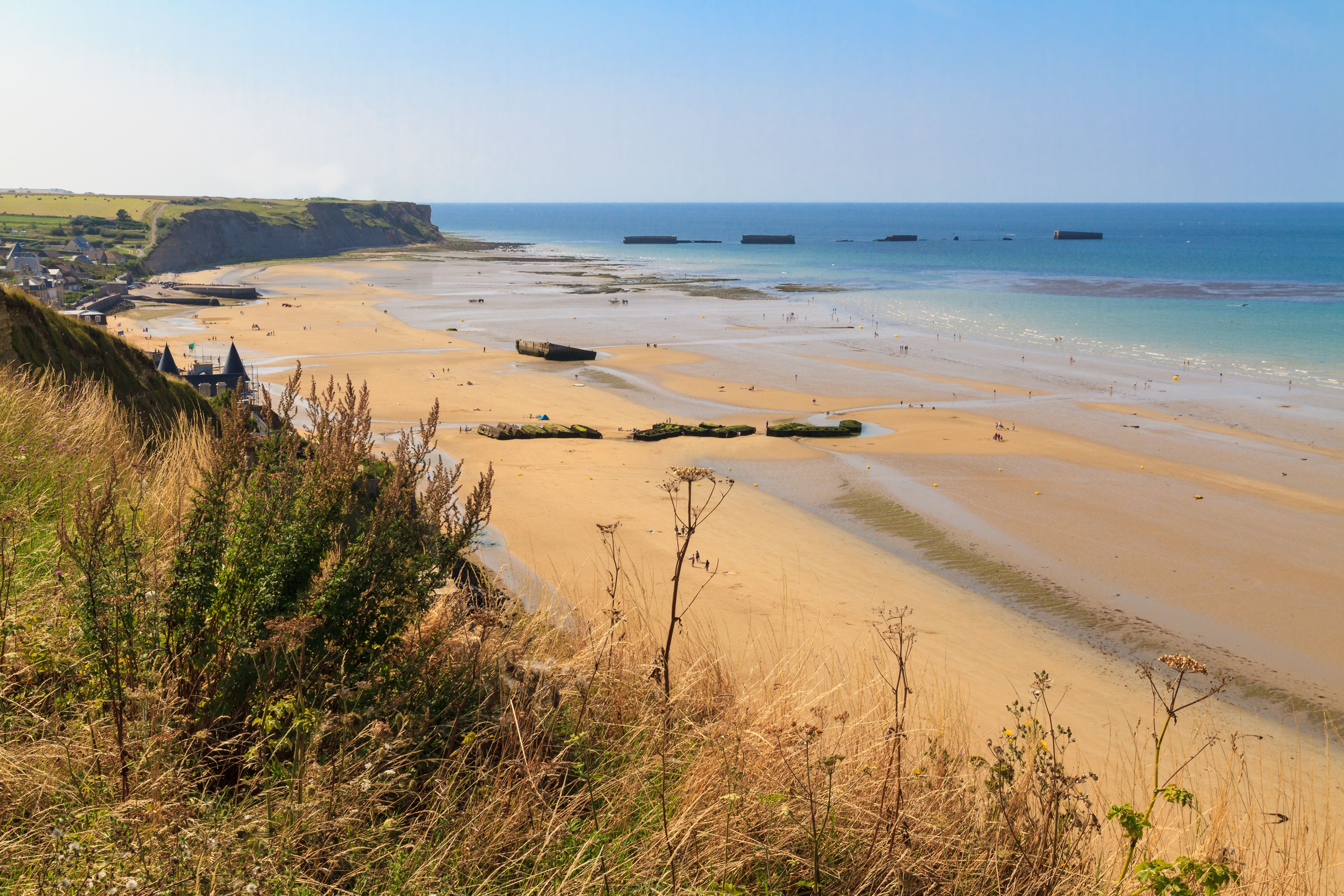This year, the 6th June marks the 75th anniversary since the D-Day landings in 1944. Operation Overlord is one of those events in history which many students will have at least an understanding of what it was, but may not know the full picture. The 75th anniversary also gives us the opportunity to reflect on the experiences of the 156,000 Allied personnel who landed in Normandy, and commemorate the estimated 10,000 casualties from 6th June 1944.
However, in teaching D-Day to students, it’s also important for History teachers to contextualise the event: it did not spring from nowhere; it took months of organising, practising and misinforming the Nazis to prepare for the invasion. Furthermore, the Battle of Normandy that followed took longer than planned, and was particularly bloody. Liberating Caen was originally an objective for D-Day, but in fact, it took over a month to capture the city. The fight to push the Nazis back in France was brutal. The average daily casualty rate was 6,675, which was higher than many First World War battles such as the Somme and Passchendaele. The Battle of Normandy ended with the liberation of Paris on 25th August 1944. By ensuring students are aware of how D-Day fits into the wider narrative of the Second World War, they can fully appreciate the significance of D-Day.
We teach the turning points of the Second World War to our Year 9 students, which is something they tend to ask to learn about since the start of Year 7! Many GCSE courses also offer a thematic module on warfare over time, so the technological advancements and changes in tactics of D-Day can link to those topics.
Here are a few examples of how I have approached teaching D-Day to my Year 9 classes.
The benefits of making a timeline
Timelines are an invaluable way of getting students to understand the sequence of events, and this can be used to consider the preparations leading up to the 5th June 1944 (the original date), D-Day on 6th June and the Battle of Normandy. Students can draw the timeline in their book or create it as a group task. Plans for the invasion were submitted in July 1943, and detailed preparations for Operation Overlord began after the Tehran Conference in late 1943. Therefore, this is where I start the timeline. By adding detail of the build-up to the timeline, students can appreciate the scale of the operation. It can also highlight the difficulties in training, such as ‘Exercise Smash’ at Studland, Dorset, six weeks before the invasion, where six ‘swimming’ tanks sank and six men drowned, watched by King George VI, Winston Churchill and General Eisenhower.
On a timeline which charts the period in months, D-Day looks like just a small entry, so I also get students to produce a zoomed-in 24 hour timeline of 6th June 1944. This enables them to learn about the airborne troops parachuting in behind enemy lines as well as the troops attacking the beaches from H-Hour, and when key Nazis are informed of what was taking place.

Using historical scholarship
The current focus of many History teachers is using the work of historians in their lessons with students. Students will not be able to gather information from books by historians nor be able to write like them if they are not challenged to or immersed in reading their works starting from Key Stage 3. Teachers need to guide students through an extract to help them break it down into manageable chunks, to build their confidence in understanding the literature they are faced with. This can be done in class by reading together and identifying words they do not understand, helping students to highlight effectively, and building up to summarising a paragraph into key bullet points.
When looking at D-Day, there is a wealth of books and articles available to use. Personally, I have used extracts from Max Hastings’ Overlord: D-Day and the Battle for Normandy 1944, but I have also used articles online based on the key things you must know about D-Day for students to break down.
The power of first-hand accounts
Where possible, I try to use videos of first-hand accounts of the Second World War in my lessons. We are fortunate to have many interviews with veterans who experienced D-Day and the Battle of Normandy. I have found nothing more powerful in driving home with students the personal impact of war on a person’s life, as well as vividly bringing the events into colour for them.
How should we commemorate it?
The veterans of 1944 have long been present at memorial services, but as the Second World War continues to move out of living memory, it is important to get students to consider how future generations will commemorate the sacrifices made in war. There have been many ways to commemorate the loss of lives in the lead-up to D-Day, as well as during Operations Overlord, including temporary art on sand beaches to more permanent memorial sites. In class, we look at some of these, and then for homework they design their own memorial. This is particularly relevant this year to commemorate the 75th anniversary, as more events take place which students can draw inspiration from.

Sarah Hartsmith is a Head of History teacher in a secondary school in Wiltshire, with outstanding results at KS4 and KS5. She is a regular presenter at local teach meets and shares teaching and learning ideas and History resources online regularly. Follow her on Twitter @sehartsmith.

